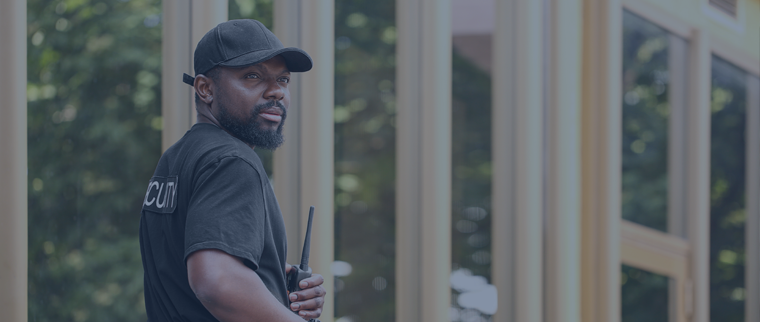Service Delivery Management for Security Companies
What is service delivery management? Put simply, it’s the set of tactics by which you deliver on the service-level agreements (SLAs) outlined in your client contracts. As a contract security company, security officer software could apply to how you’re tracking guard tours or patrols, responding to and managing incidents, and mitigating risk for you and your customers as your guards perform duties at different locations. Service delivery management software helps you handle both the tactical provision of service as well as the strategic optimization of your resources to improve performance, reduce costs and risk and deliver on customer expectations. By breaking down information silos and bringing together your tools, workers and SLAs in service delivery management software, you can ensure your guards are on task, your data is reliable and that you have a track record of provable security officer performance. In this service delivery software cheat sheet, learn the building blocks of centralized security officer software and how they can drive your security business forward.
Guard Touring Capabilities
Tours, patrols, beats – whatever you call them, service delivery management software must have a way to handle them through mobile location-tracking technology to prove guards are where they need to be when (and how often) they need to be there. For a security company, this security officer system is fundamental to much of the service you provide. This capability typically uses one or more methods to track guard location, leveraging tech like GPS and geo-fences to create digital perimeters around properties, so you can prove to your clients when your guards are onsite for patrols. Bluetooth beacon tracking can provide visibility across facilities with multiple levels, keying in on the exact location of your guards in a facility within 10 feet and ensuring your guards are completing a sequence of checkpoints across a property. Additionally, technologies like RFID, NFC or QR codes can be used to identify the exact location of a guard within a few feet. The type of technology used often depends on site and customer needs, but the more flexibility you have within your service delivery management software, the better suited you’ll be to serve a variety of needs.
Mobile Forms
Service delivery management software should capture real-time information from the field, like daily activity reports and security officer inspections, often through simple mobile forms. Mobile forms allow your guards to capture rich data like photos, timestamps and locations that are useful for reporting and proof of service. Mobile forms can also be automated to trigger at the right place and time and create workflows to make sure the information gets routed, escalated, recorded or reported appropriately once submitted. This streamlines your processes and can shorten response times to issues, creating fewer headaches for managers or back office staff to sort through later.
Workforce Communication Tools
Staying connected with your field-based workforce is critical, and face-to-face communication isn’t always possible, so service delivery management software needs tools to help facilitate communication. Through configurable and comprehensive tools, messages can be targeted to groups or individuals based on location, role or other factors. Communication tools enable managers to provide specific site instructions to guards to ensure tasks are being completed according to contract. On site, you can deploy automated questions or reminders when it’s not feasible to conduct daily check-ins with guards during their shift. Messages can include reminders to take breaks or questions regarding safety during their shifts. In addition to serving as check-ins with your guards, you’ll get the bonus of an audit trail for compliance with labor laws and regulations.
Incident Management Features
Security guards are on the job to ensure safety, maintain order and protect property, among other responsibilities. Managing the unexpected comes with the territory and requires the correct tools to handle and respond to incidents effectively. With security officer software, when an incident occurs, guards and managers can send or receive alerts quickly, including options for duress or emergency situations, to expedite response and resolution. With real-time information capture, guards can record notes and capture photos or video related to incidents on location. Response times and actions for resolution are clearly documented via reporting tools that can easily be shared with customers for an eagle-eye view of what’s happening at their sites.
The Building Blocks of Service Delivery Management
Together, these building blocks of security officer management software create a central repository of your security business’ data so you can plan and execute those plans productively. By bringing together guard touring capabilities, mobile forms, workforce communication tools and incident management features into one system, your security business can effectively manage costs, stay connected with your guards in the field and keep your customers satisfied as you deliver on every aspect of your contract agreements
Download a free, shareable version of this service delivery management cheat sheet for security contractors below.
